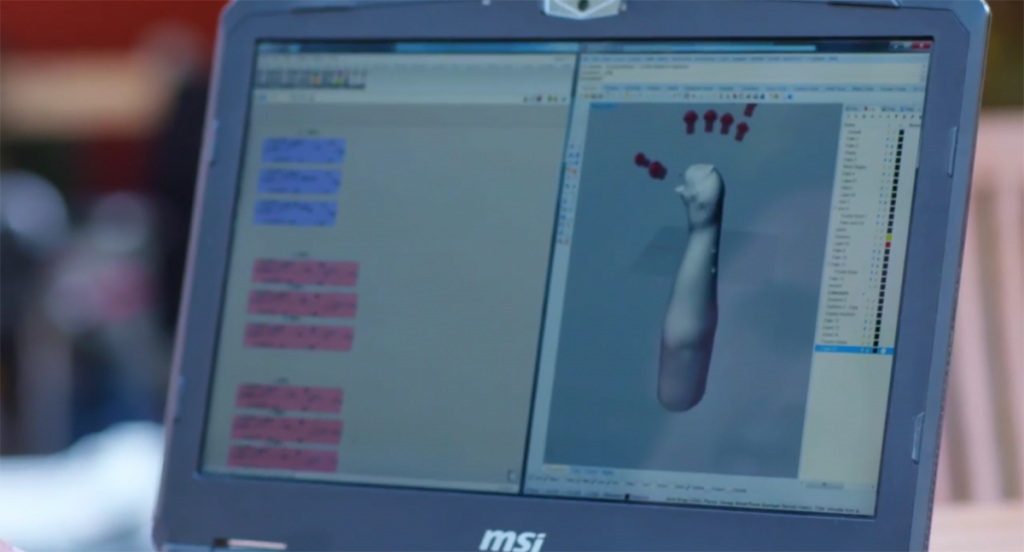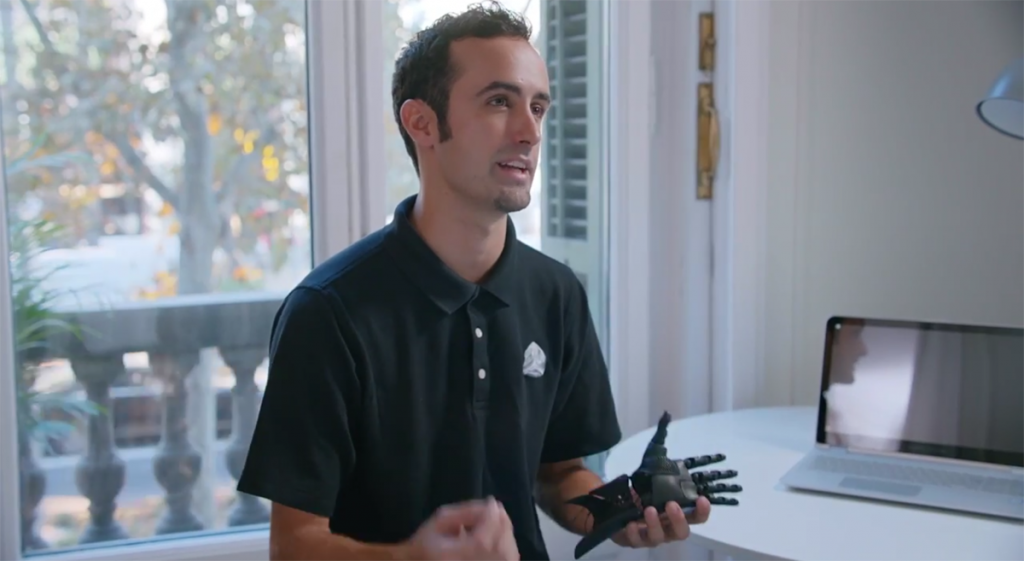Among the most immediately impactful applications of 3D printing technology has been the new generation of low-cost, custom prosthetics made possible by groups like e-NABLE, Limbitless Solutions, and Open Bionics. Stepping in where mainstream medical manufacturers wouldn’t, these organizations have created limbs that are orders of magnitude less expensive than their traditionally manufactured counterparts. Intel is no strange to the 3D printed prosthetics revolution, having participated in a prosthetic make-a-thon. Intel is still playing a role in the prosthetics field, this time working with 3D Systems to provide a special limb to a special 11-year-old boy in Spain.
In a recent iQ story, Intel relays the story of Daniel Hobbs, an active 11-year-old in Spain who participates in Judo, soccer, basketball, biking, and swimming. Born with a malformed left limb, Daniel received a medical-grade prosthetic at age 7. One of the issues with such devices for children, however, is that, as the child grows, so do the medical expenses, with kids like Daniel needing completely new prosthetics when they outgrow the old ones. On top of that, these medical devices have not been optimized in the same way that their 3D printed counterparts have and, as a result, can be extremely heavy, particularly for kids.
To fund the purchase of Daniel’s traditionally manufactured limb, the Hobbs family actually had to launch the Give Daniel A Hand fundraiser. His dad, Alistair, ran a half-marathon to raise the US$1,800 necessary for the purchase. But, as the hand needed to be re-calibrated, fixed, or refitted as Daniel grew, the price became too much for the Spain-based UK family. Daniel’s Mom Abby elaborates, “We know so many families who can’t afford it. So we were really interested in finding out what other options were available. We know this is the future of prosthetics. We’re really interested to see what the future holds.”
To help Daniel obtain a less expensive, and less heavy, limb, Intel partnered with 3D Systems, who announced their entrance into the prosthetic space via partnerships with e-NABLE and UNYQ. Evan Kuester, an applications engineer at 3D Systems, performed a 3D scan of Daniel’s hands before designing a 3D printed limb that would be lighter and more cost-effective. Unlike traditional prosthetics, 3D printed limbs can both be affordably tailored to their wearers and shaped in such a way as to actually be useful for fine motor skills. Kuester tells Intel that different hands can be printed for different purposes, such as holding a hammer or guitar pick, and switched out when necessary.
Daniel’s device was ultimately printed in a single piece using a 3D Systems SLS printer powered by Intel Core processors. Printed in roughly eight hours, the hand came out to a cost of about $400, once all of the electronic and mechanical components were added in. The limb weighs less than two pounds and has an Iron Man aesthetic that has earned Daniel the nickname “Iron Man” at school.





